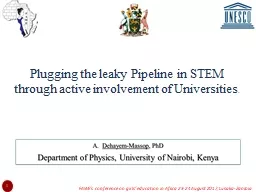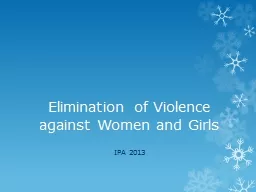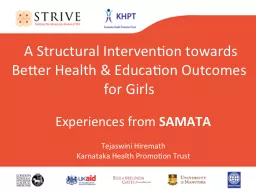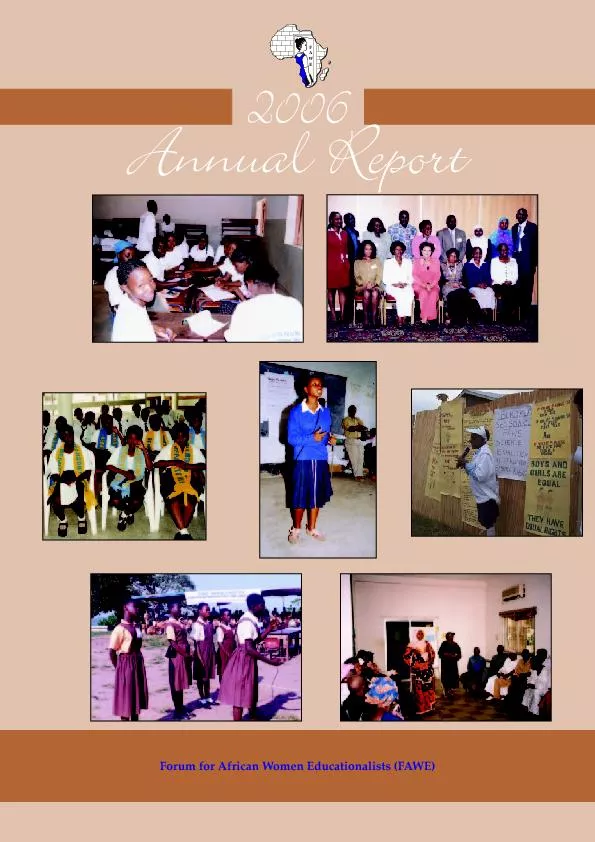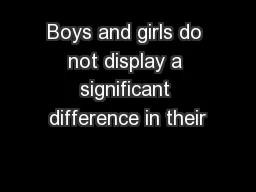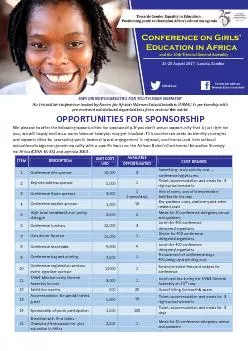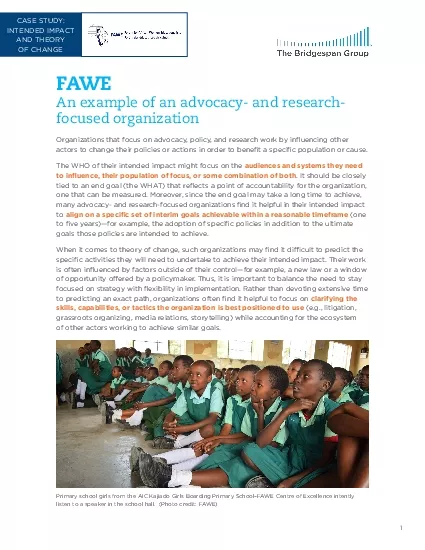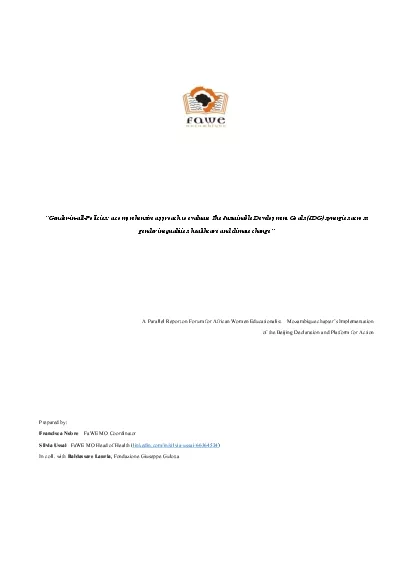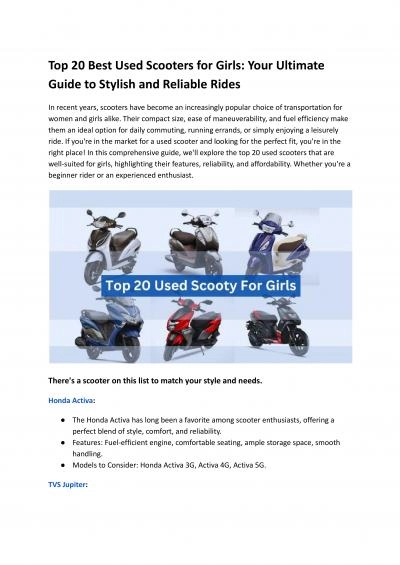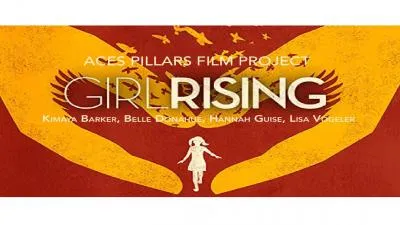PPT-FAWE’s conference on girls’ education in
Author : coursion | Published Date : 2020-08-28
A frica 2324 August 2017 Lusaka Zambia Plugging the leaky Pipeline in STEM through active involvement of Universities 1 httpblogsnaturecomnaturejobs20160323womeninsciencecloggingtheleakypipeline
Presentation Embed Code
Download Presentation
Download Presentation The PPT/PDF document "FAWE’s conference on girls’ educatio..." is the property of its rightful owner. Permission is granted to download and print the materials on this website for personal, non-commercial use only, and to display it on your personal computer provided you do not modify the materials and that you retain all copyright notices contained in the materials. By downloading content from our website, you accept the terms of this agreement.
FAWE’s conference on girls’ education in: Transcript
Download Rules Of Document
"FAWE’s conference on girls’ education in"The content belongs to its owner. You may download and print it for personal use, without modification, and keep all copyright notices. By downloading, you agree to these terms.
Related Documents

